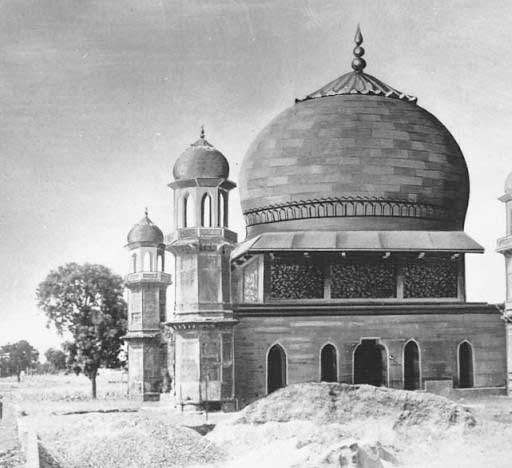R. Nath Mughal Architecture Image Collection
Sample searches
Locations in India
Professor R. Nath was born in 1933 and is considered one of the front-ranking scholars and art-historians of the country and an authority on Mughal Architecture. He is the former Reader and Associate Professor at the Department of History and Indian Culture. Currently retired, he still teaches at the the University of Rajasthan in Jaipur, India, specializing in Medieval Indian Architecture. His doctorate was completed at Agra University, where his studies included Mughal monuments Agra Fort, Fatehpur Sikri and Jama Masjid in Delhi. To date, he has authored 65 books, 13 monographs, 190 research-papers and 300 popular articles. He has taught at the Heras Institute, Bombay; Harvard University and other prestigious institutions. His photograph collection spans 40 years.
Mughal architecture was a far reaching and highly influential style of Indian architecture throughout the 16th, 17th, and 18th centuries, with roots in Islamic and Persian monuments. It incorporates elements from Islamic, Persian, and Islamic Hindu architecture and some pre-Islamic. Monuments in this style are known for their balance, unity, and symmetrical pattern in structure and character. The features include bulbous domes, slender minarets with cupolas at the corners, spacious halls, enormous vaulted gateways, frequent use of arches, and delicate ornamentation. Building materials often used black and white marble for the domes and red and buff sandstone for the platform structures. The most iconic and well know example of Mughal architecture is the Taj Mahal, which is also listed as one of The Seven Wonders of the World.

